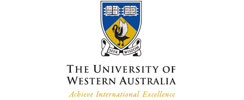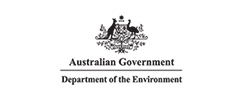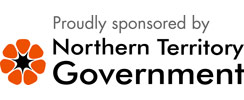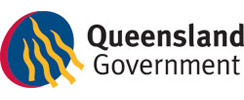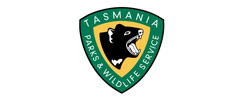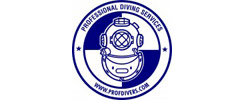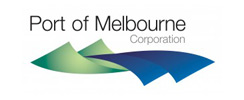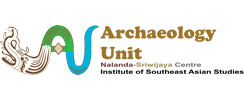Tuesday 1st May 2012
Another day on the Clarence project, another non-diving-day due to high winds and unfavourable seas. But it wasn’t a day of lazing around and resting as you will soon find out. For the local itinerant participants and the newcomers to the project it was a day to talk to the regulars and look jealously at the photos of the previous dives to find out what has been discovered so far on Clarence and patiently wait to get out to site when the weather breaks.
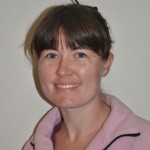 |
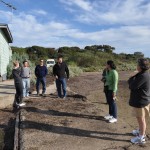 |
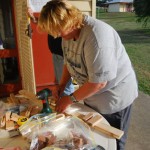 |
| Peta Knott | Brad Duncan leading a tour of the Queenscliff area (photo by Mark Staniforth) | Vicki Richards making sacrifical timbers for reburial testing (photo by Jen Rodrigues) |
For those stalwart participants who have been diving intensively for the last two weeks it was a time to rest the body but catch up on all the paperwork that usually doesn’t quite get finished after an exhausting day out on the barge. There were photographs to be downloaded and dive logs to be uploaded. The conservation team had sacrificial wood samples to be prepared so they can be placed on Clarence for ongoing monitoring. And now that a large proportion of the site has been exposed through careful excavation, the Principal Investigators had to finalise the site survey techniques.
An activity that brought all participants together was the site surveying workshop. This is not a typical baseline offset site, the Clarence project is using something a bit fancier – Site Recorder. While most participants are expert baseline-offset people, the use of Site Recorder is a new challenge to be undertaken for this project. The workshop was run to ensure that everyone was aware of the measurements and data that needed to be collected to be imported into Site Recorder to produce a survey plan of the excavated starboard side of Clarence. With such a short time left onsite, it is important that we collect this data efficiently in the few remaining diving days. To this end, a template was created that will be printed onto mylar and taken underwater to ensure that measurements and drawings are done efficiently and accurately for easy input into Site Recorder.
In the afternoon, a mini bus load of Clarence participants were treated to a guided tour of the Queenscliffe area with historic commentary by our very own local expert archaeologist, Brad Duncan. Brad told stories of Benito Bonito’s buried treasure that no one has ever found despite quite explosive searching. We found out insider information about the very recent changes in the maritime landscape of Queenscliff harbour. And at the Queenscliffe Maritime Museum, Brad explained just how important the historic barometer was to the local fishermen.
Who says that a non-diving-day is a day off?!
by Peta Knott Australasian Institute for Maritime Archaeology (AIMA) Victoria